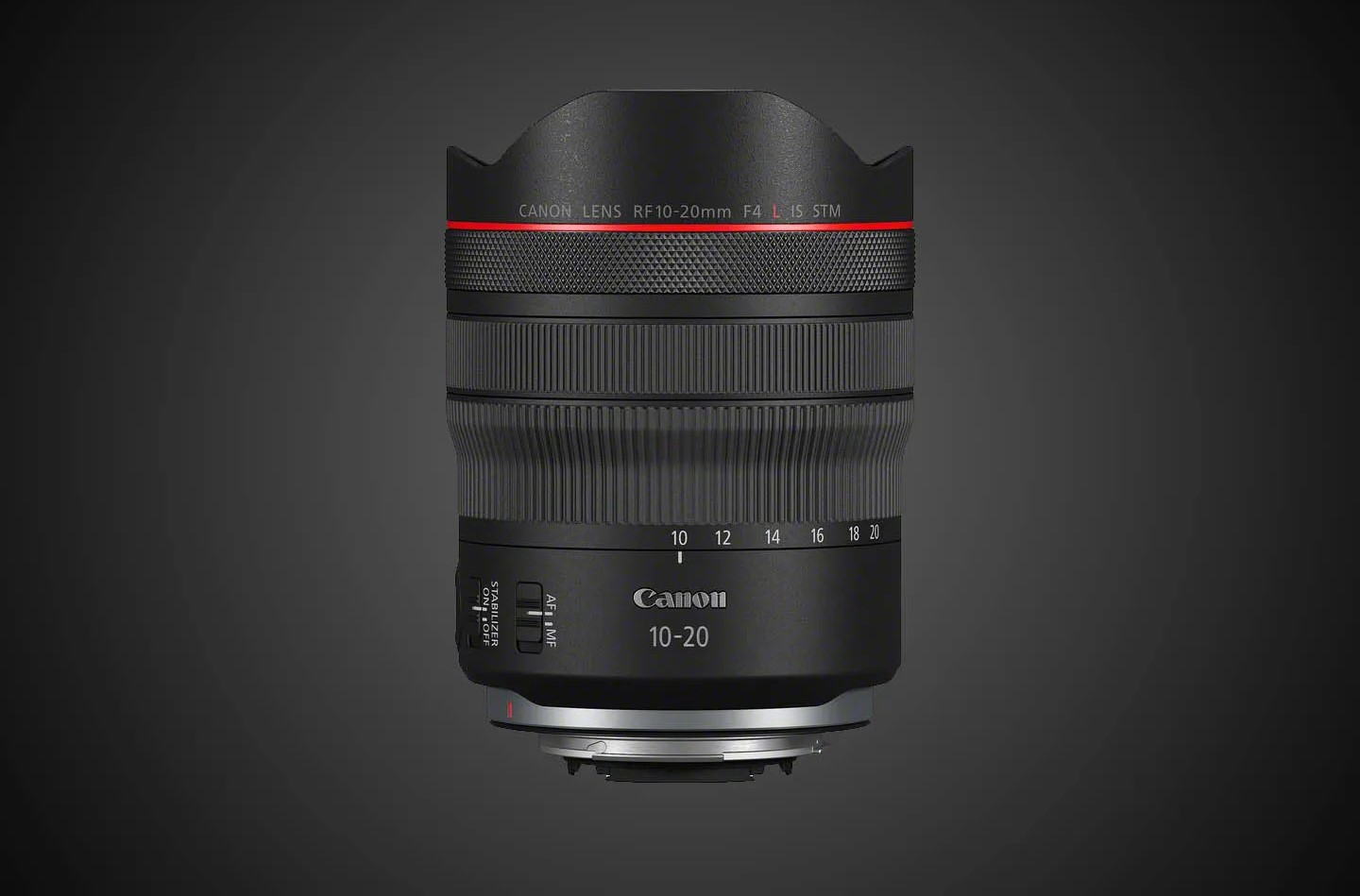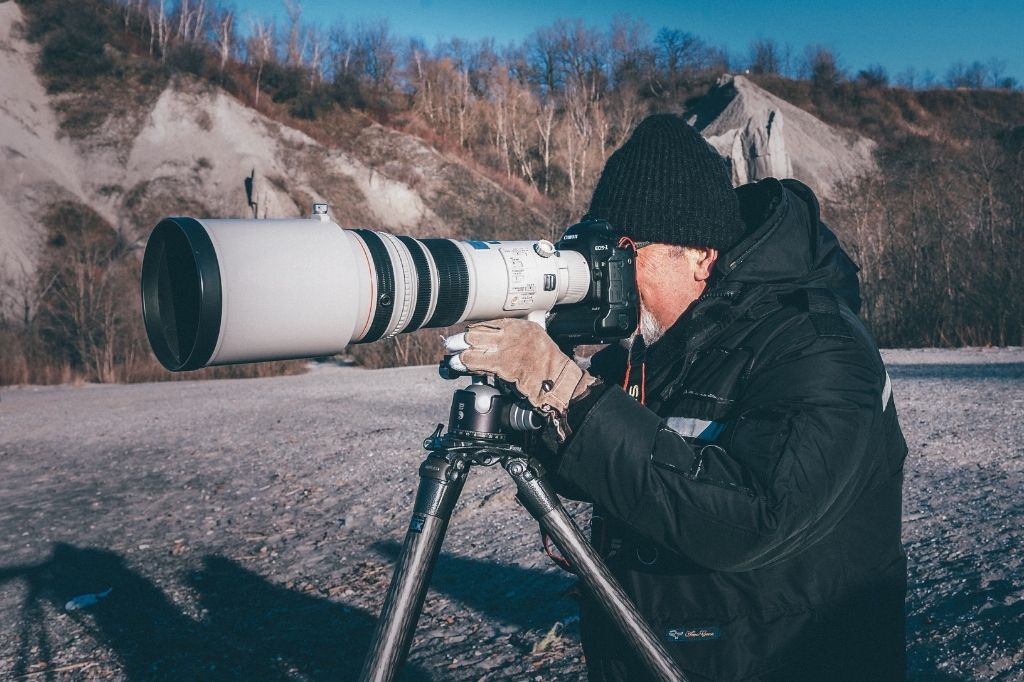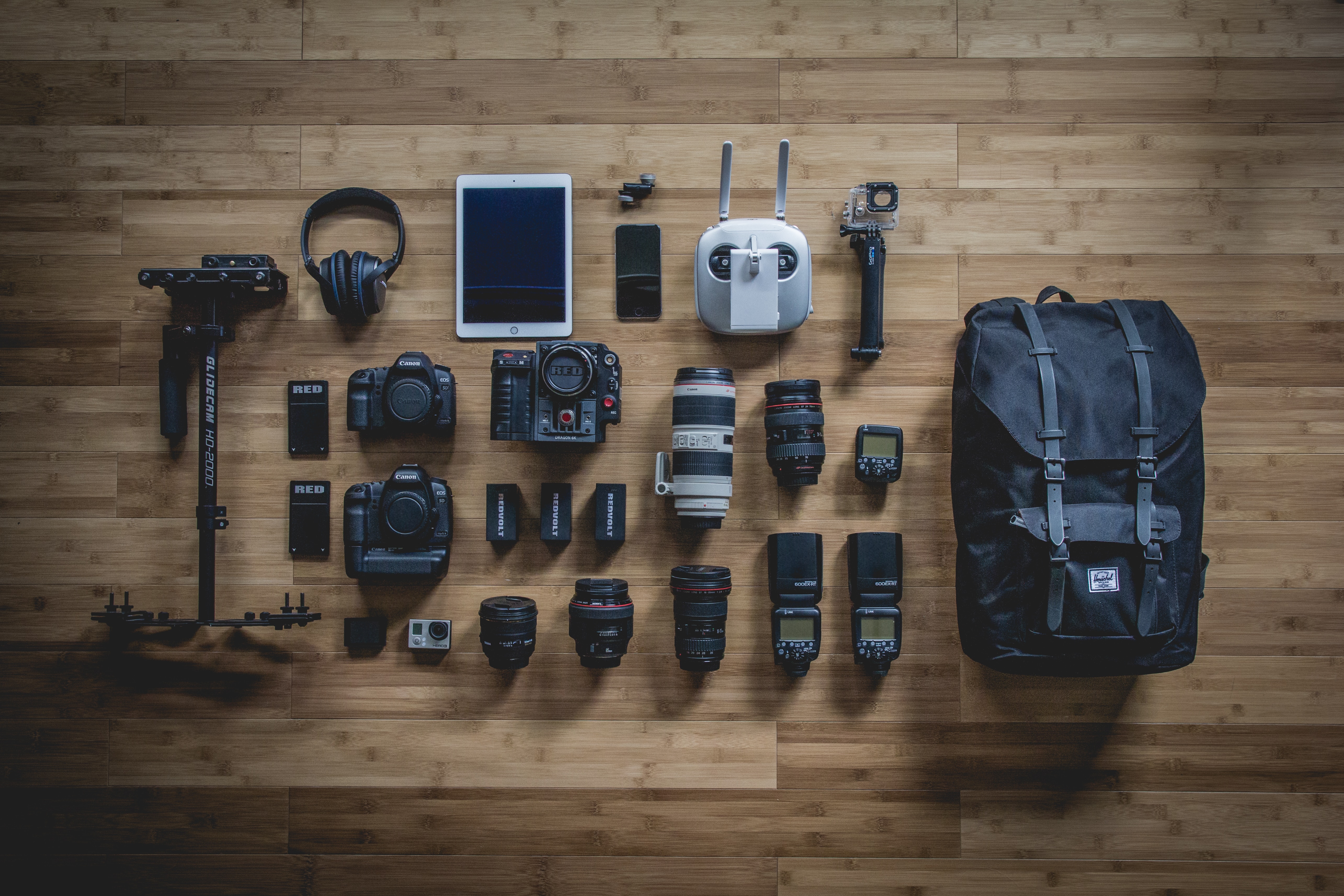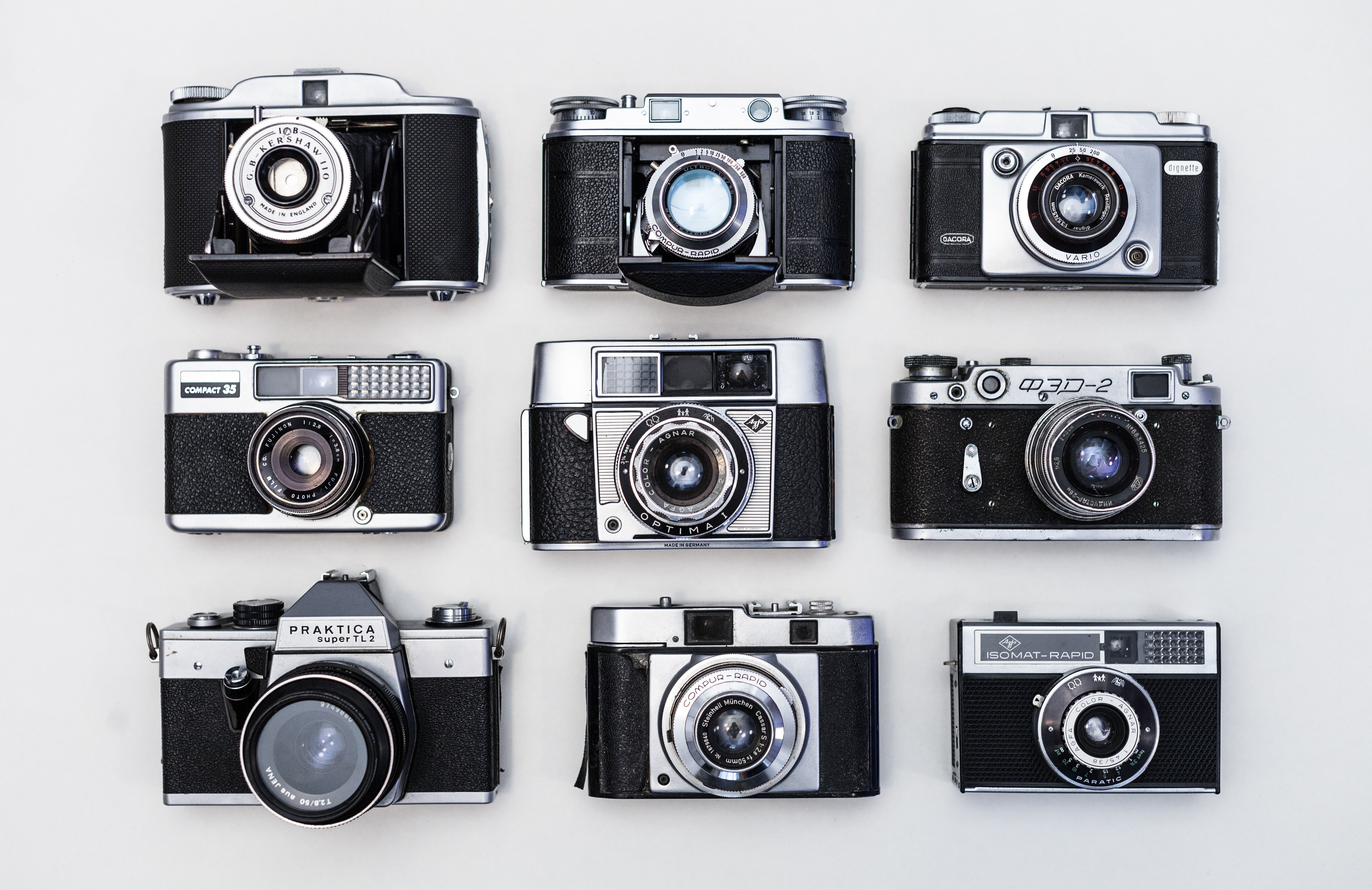Earlier this month, Canon released their RF 10-20MM F4L IS STM lens, an ultra-wide-angle zoom lens with a focal length of 10mm, an advanced rectilinear optical design, and a Peripheral Control Image Stabiliser, giving photographers and videographers the freedom to capture expansive scenes with exceptional clarity and stability.
This incredible lens allows photographers to create ultra-wide images without any barrel or pin-cushion distortion. The lens’ Peripheral Control Image Stabiliser provides excellent stabilisation to your photos and video, ensuring the edges of your images are devoid of distortion and blur.
Ultra-wide rectilinear lenses are great pieces of equipment to have in your camera kit, especially when capturing landscapes and architecture. If you’re on the fence about investing in rectilinear lenses, let us help you make your decisions a little simpler.
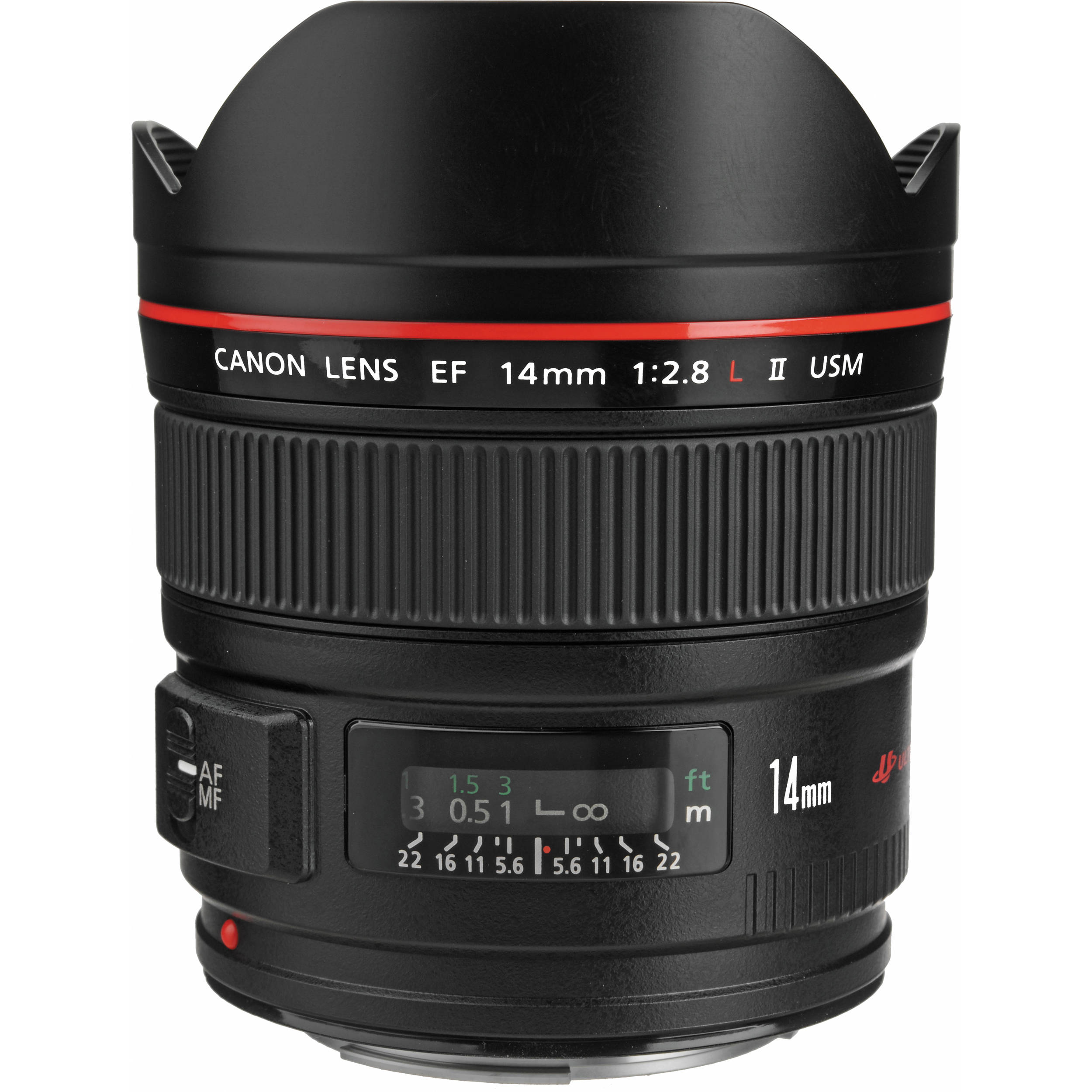
What are Rectilinear Lenses?
Rectilinear lenses are designed to minimize optical distortions, particularly barrel and pincushion distortion. These distortions cause straight lines in your images to curve, giving your photographs a warped appearance. These lenses are designed to correct this distortion and keep straight lines exactly as they appear in the real world. In architectural or landscape photography, maintaining straight lines is essential to creating good photographs. So if you specialise in these genres or shoot in an environment where maintaining your proportions is essential, you may want to consider investing in a rectilinear lens.
Advantages
Geometric Accuracy
Rectilinear lenses provide excellent geometric accuracy, ensuring that straight lines remain straight in your photographs. This is crucial in scenarios where maintaining the correct proportions and shape of subjects is essential, such as architectural and interior photography.
Minimised Distortion
Rectilinear lenses are designed to minimise barrel and pincushion distortion, resulting in images with minimal distortion, especially around the edges of the frame. The correction of distortions allows for better composition and framing, as you can confidently position subjects and elements in the frame without worrying about them appearing warped or skewed.
Natural-Looking Images
Rectilinear lenses help create more natural-looking images that closely resemble what the human eye sees, making them suitable for various genres of photography, including architecture, landscape, and documentary. These lenses tend to produce images with higher overall quality, sharpness, and clarity compared to lenses with significant distortion.
Greater Versatility
Rectilinear lenses are versatile and can be used in a wide range of photographic genres. These lenses are favored by professionals, including architectural and real estate photographers, for their ability to deliver high-quality, undistorted images that meet industry standards.
Artistic Control
Rectilinear lenses provide photographers with more control over the perspective and composition, allowing them to capture images with precision and accuracy. When working with multiple images for panoramas or architectural documentation, the use of these lenses ensures a consistent look across all photos, making post-processing and stitching images together easier.
Photographic Genres Where Rectilinear Lenses Are Advantageous
These lenses are typically used in shooting environments where maintaining accurate and undistorted straight lines is essential.
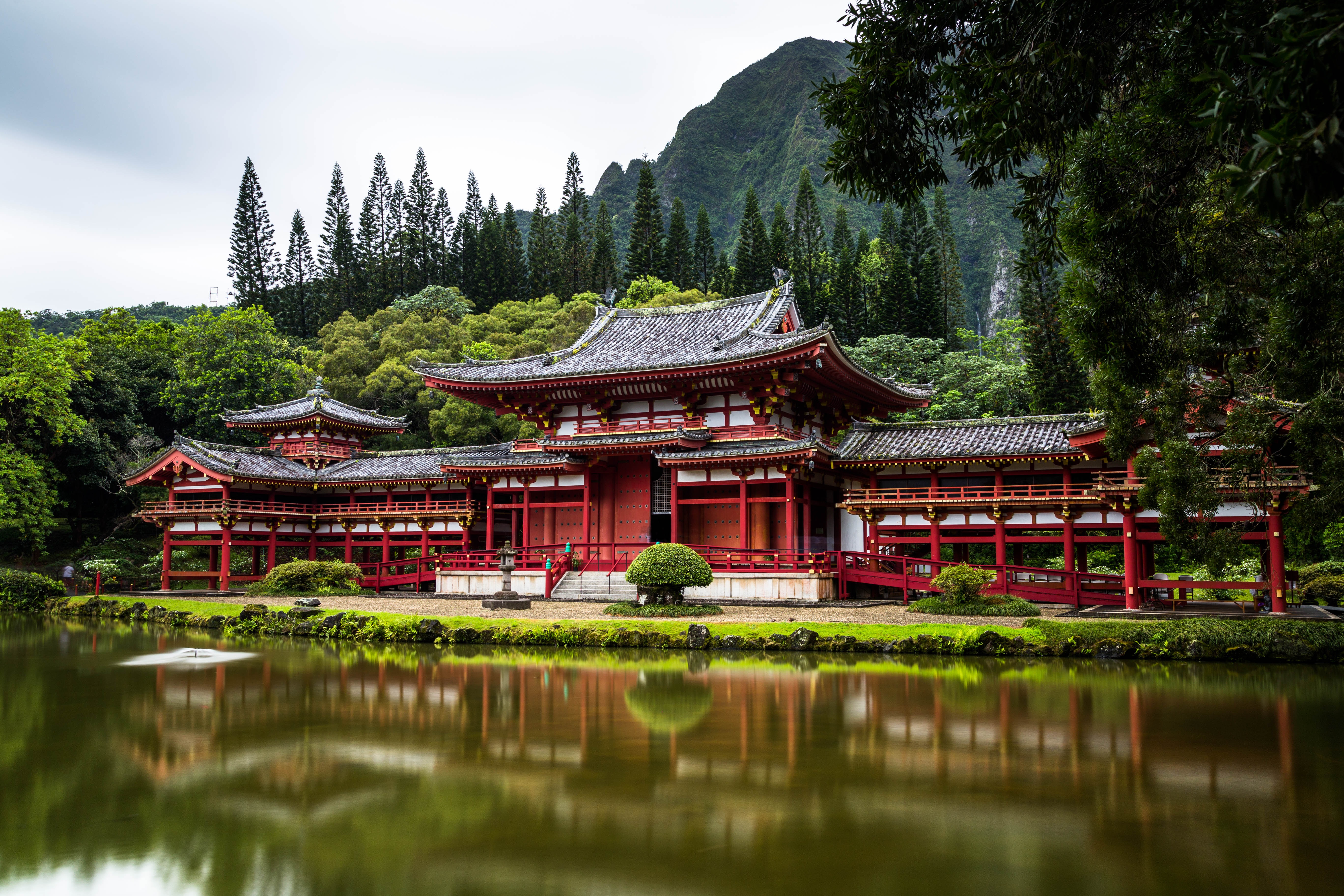
Architectural Photography
Architectural photography involves capturing the beauty and essence of buildings, structures, or interior spaces. Rectilinear lenses play a pivotal role in architectural photography by meticulously correcting perspective distortions, ensuring your vertical and horizontal lines remain straight and free from any distortions. This precision is essential for accurately presenting architecture, capturing the meticulous design and architectural integrity of the subject.
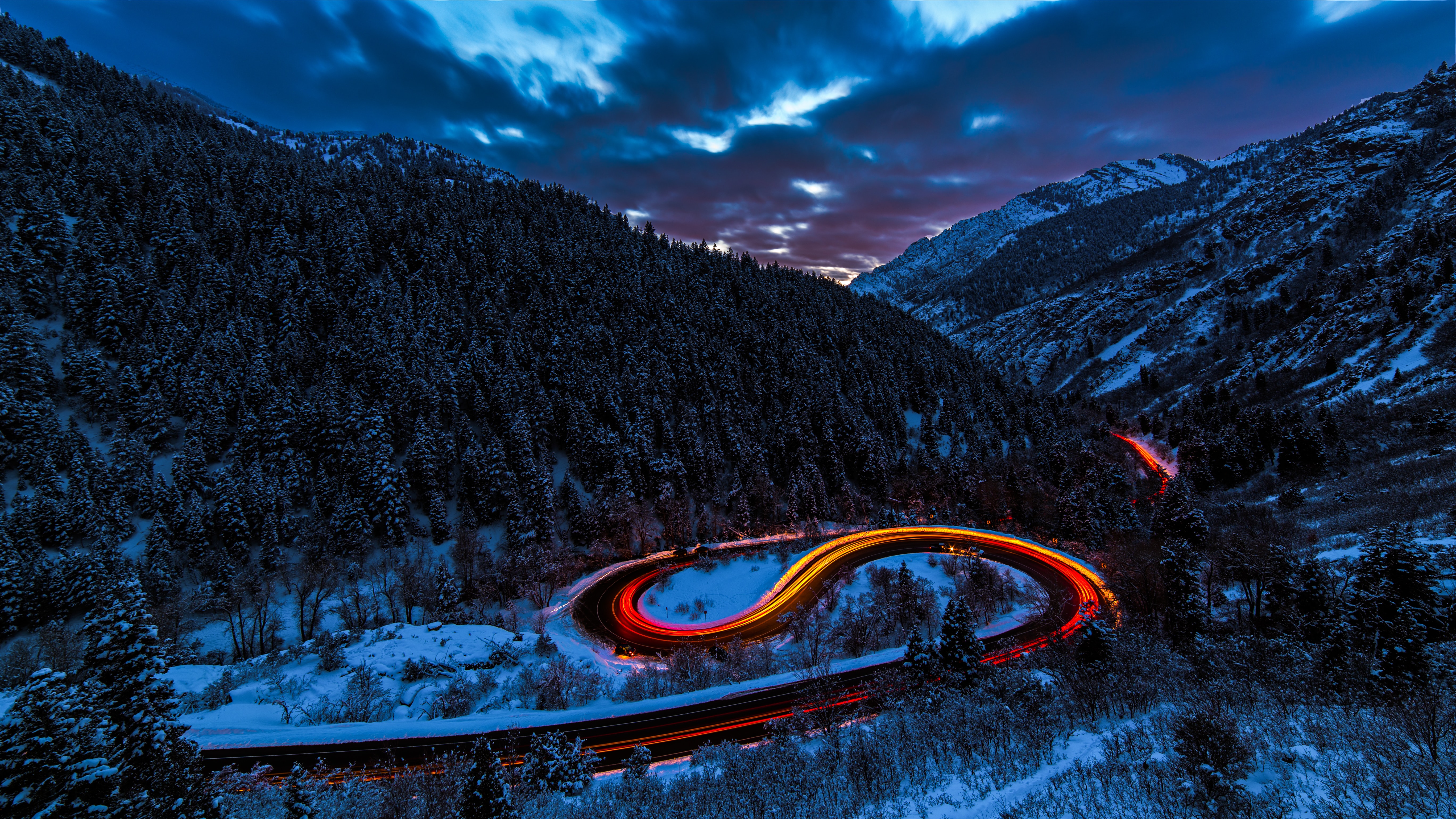
Landscape Photography
Landscape photography is a genre that captures the beauty of natural landscapes and stunning vistas. To capture the true breadth and depth of these landscapes, photographers often rely on wide-angle rectilinear lenses. These lenses are crucial for accurately presenting natural landscapes, ensuring that the vastness and beauty of the environment are accurately represented. Beyond technical accuracy, wide-angle lenses also enable photographers to emphasize scale and composition, guiding viewers through the image and creating compelling visual narratives. In essence, landscape photography celebrates the natural world, and wide-angle rectilinear lenses are essential tools for this purpose, allowing photographers to capture and share the beauty of nature with precision.
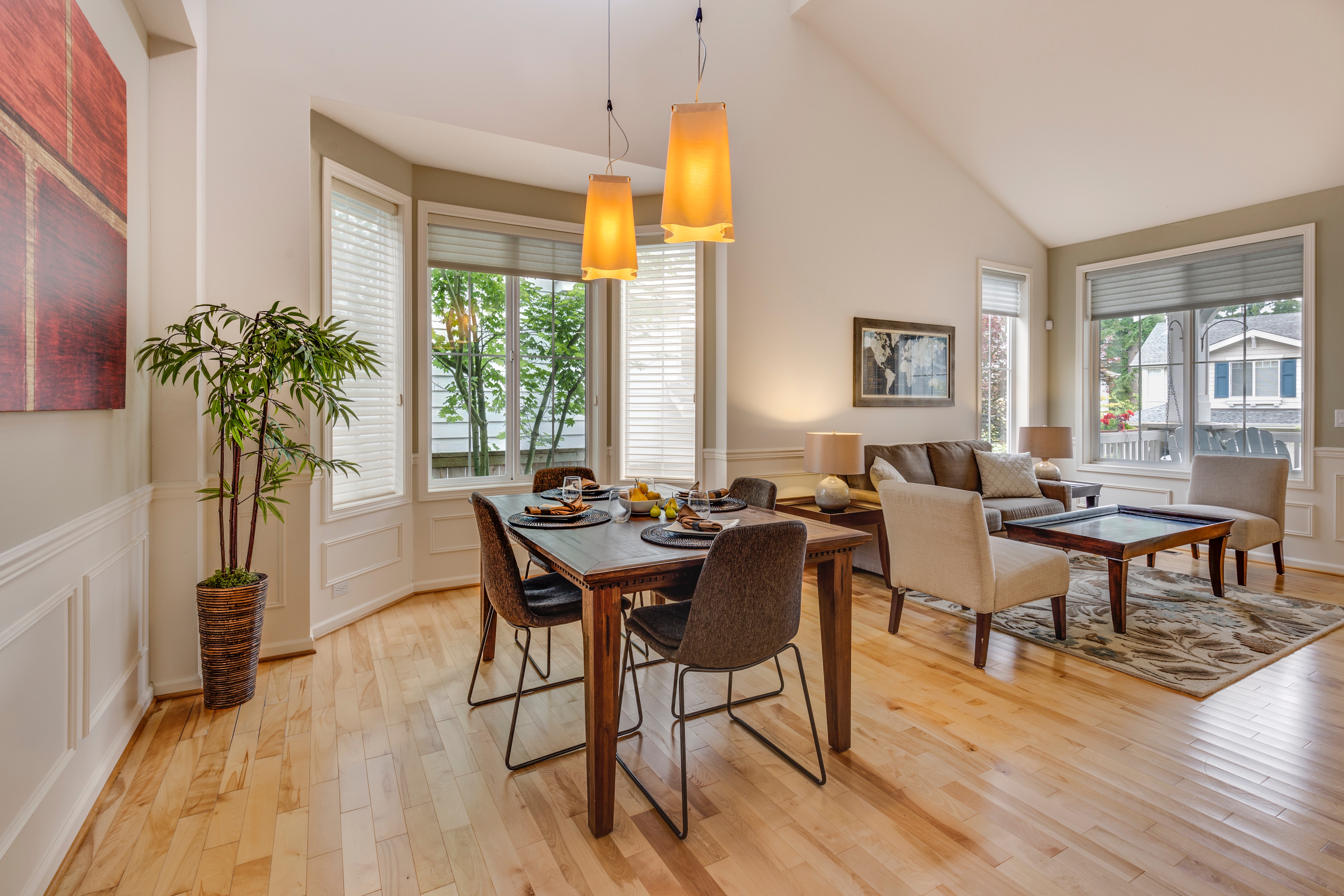
Interior & Real Estate Photography
In interior and real estate photography, the use of rectilinear lenses proves indispensable. These lenses are essential for ensuring that the interiors of homes, hotels, and various spaces are accurately represented. By maintaining straight lines and preserving the integrity of room designs, rectilinear lenses help depict properties and architectural elements without distortion, thus providing viewers with an authentic and appealing look into the spaces they’re interested in. Whether capturing the warmth of a home’s interior or the marketability of a property, these lenses play a vital role in conveying the essence and attractiveness of interior spaces in the interior and real estate photographic genres.
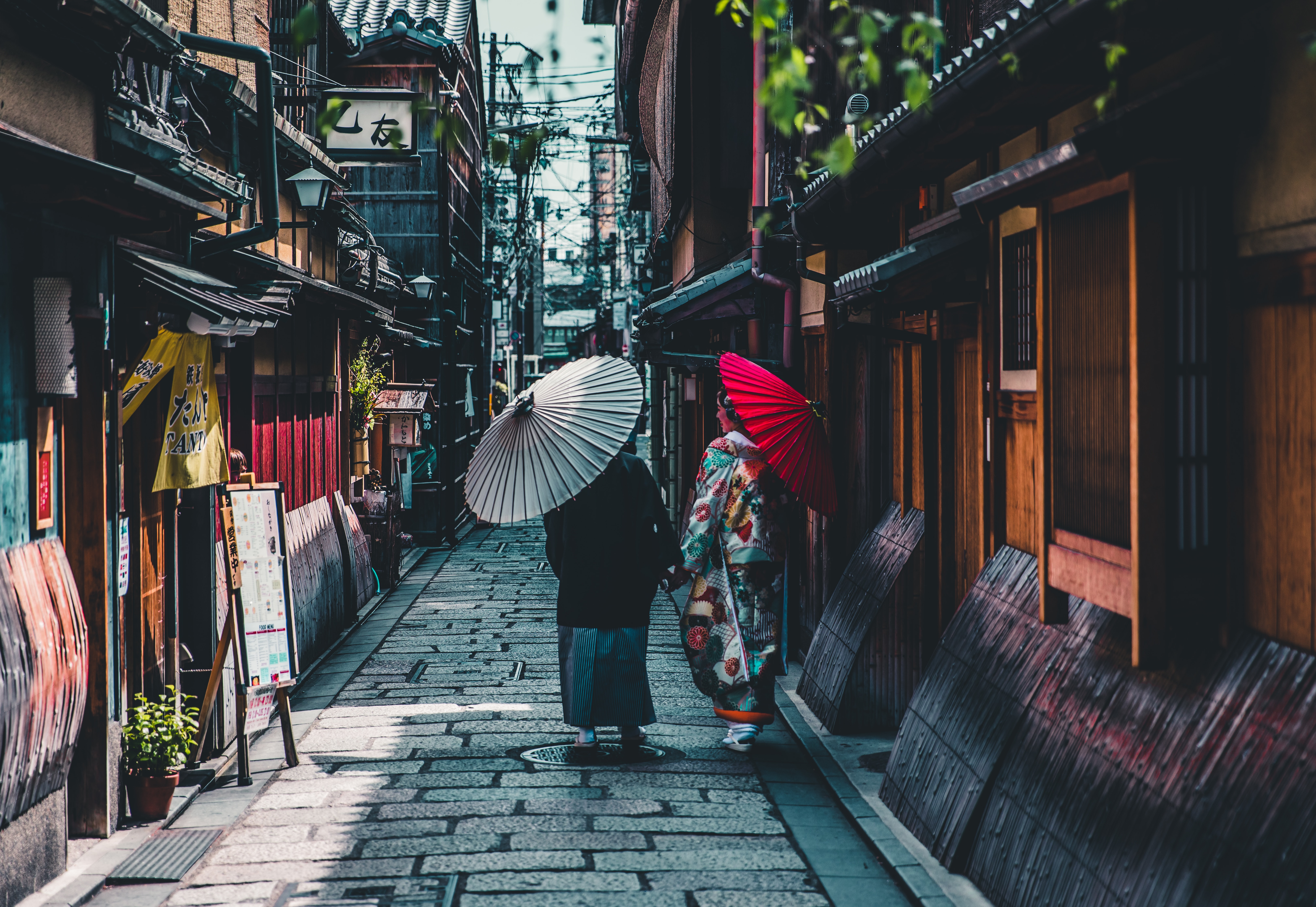
Urban Photography / Street Photography
Urban or street photography thrives in the bustling cityscapes where skyscrapers, winding streets, and a multitude of linear elements dominate the landscape. In this dynamic and vibrant setting, rectilinear lenses are essential for photographers trying to capture the essence of urban environments. These lenses excel in maintaining the integrity of straight lines and preserving the architectural symmetry that defines cities. With rectilinear lenses, photographers can ensure that their images remain free from distortion, allowing viewers to immerse themselves in the intricate details of city life.
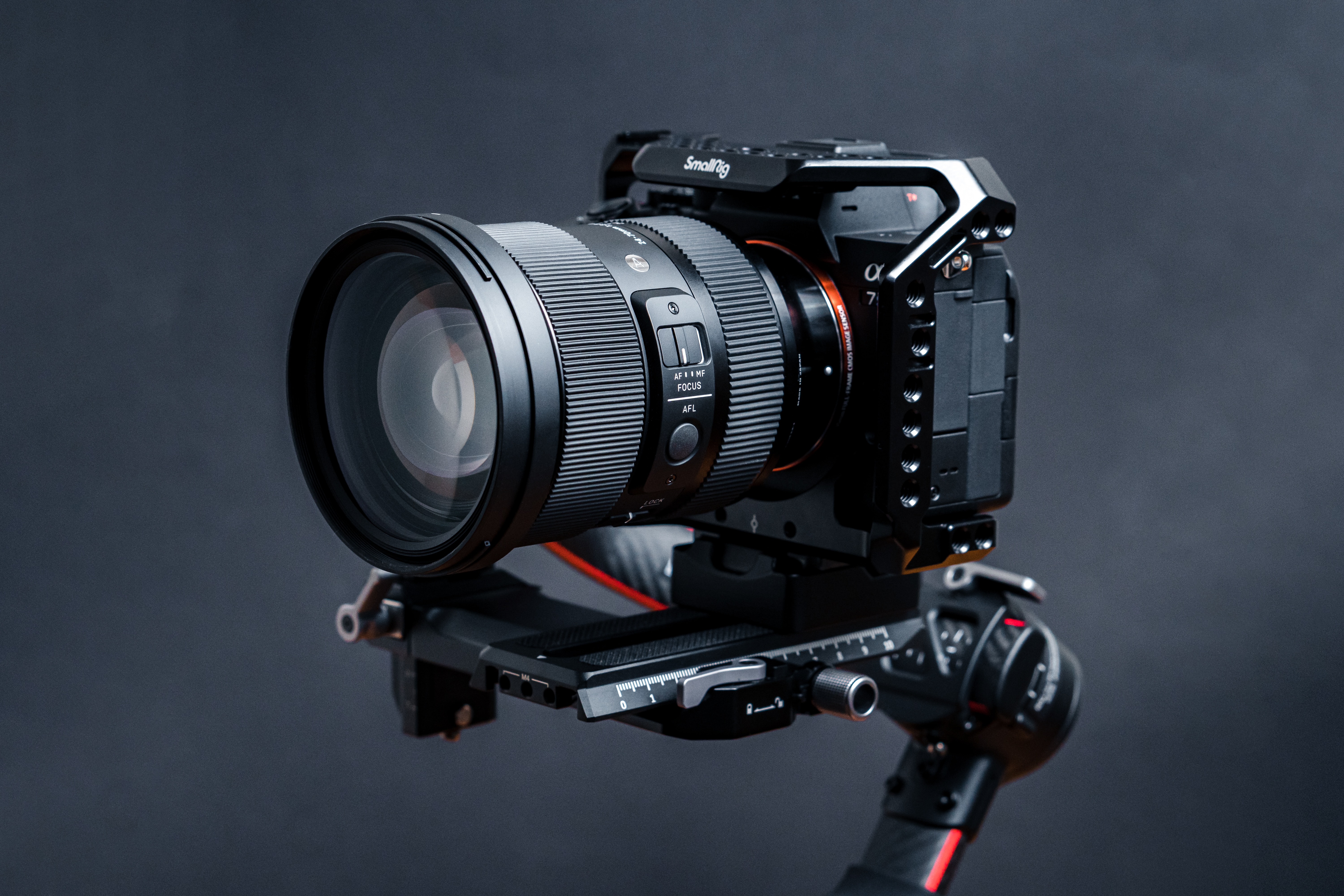
Product Photography
Product photography often relies on the use of rectilinear lenses to ensure the accurate representation of products, preserving their proportions without any distortion. These specialised lenses play a crucial role in capturing products in a way that accurately reflects their shape, size, and details, making them an essential tool for businesses looking to showcase their products in a visually appealing and true-to-life manner. Whether for e-commerce, advertising, or catalogs, rectilinear lenses contribute to the overall quality and authenticity of product imagery.
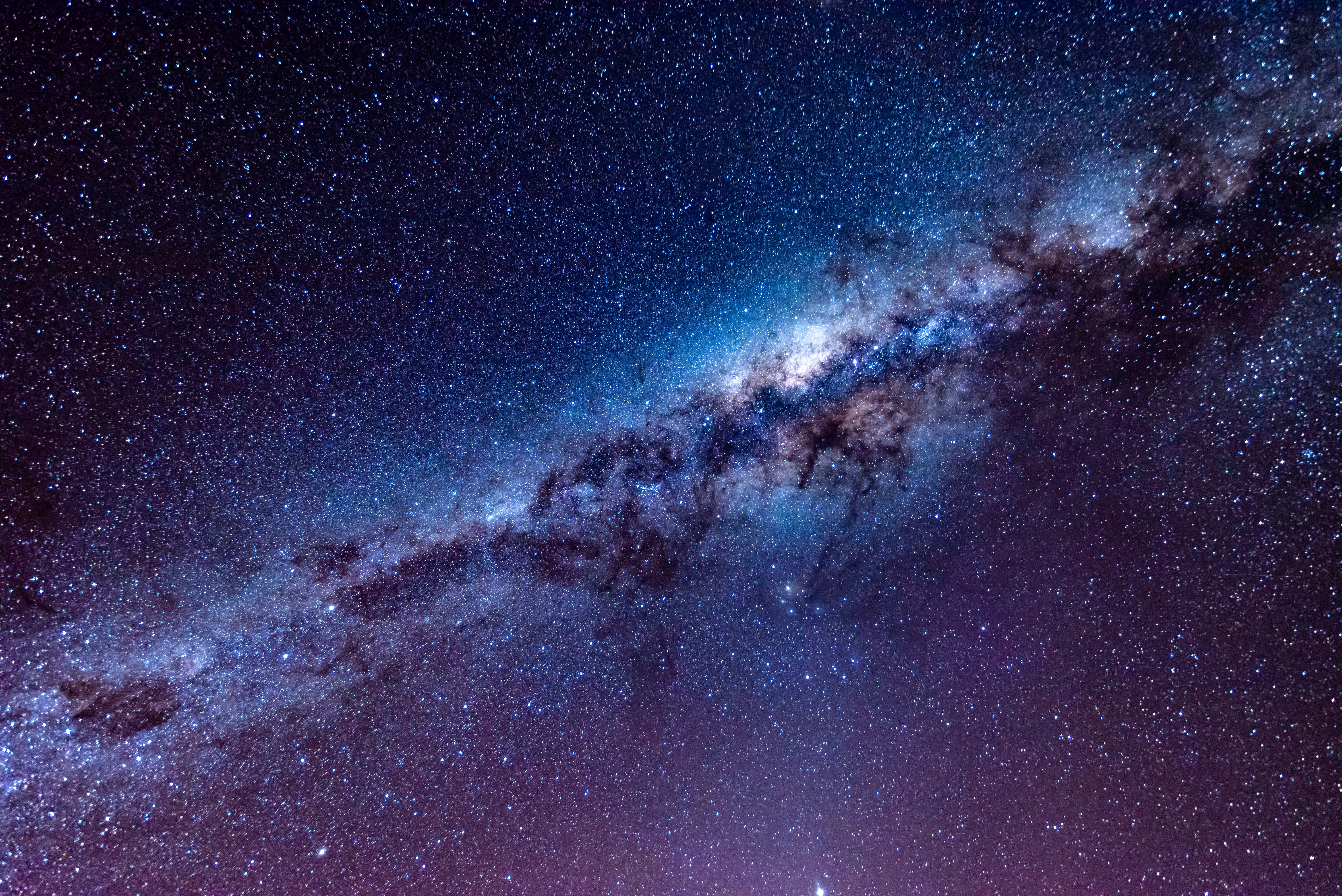
Astrophotography
Astrophotographers typically prefer rectilinear lenses for capturing celestial scenes. Rectilinear lenses maintain straight lines and minimise distortion, which is crucial for accurately depicting stars, constellations, and celestial objects. These lenses allow astrophotographers to capture the night sky with sharpness and accuracy, enabling them to showcase the beauty of the cosmos in a more accurate and detailed manner.
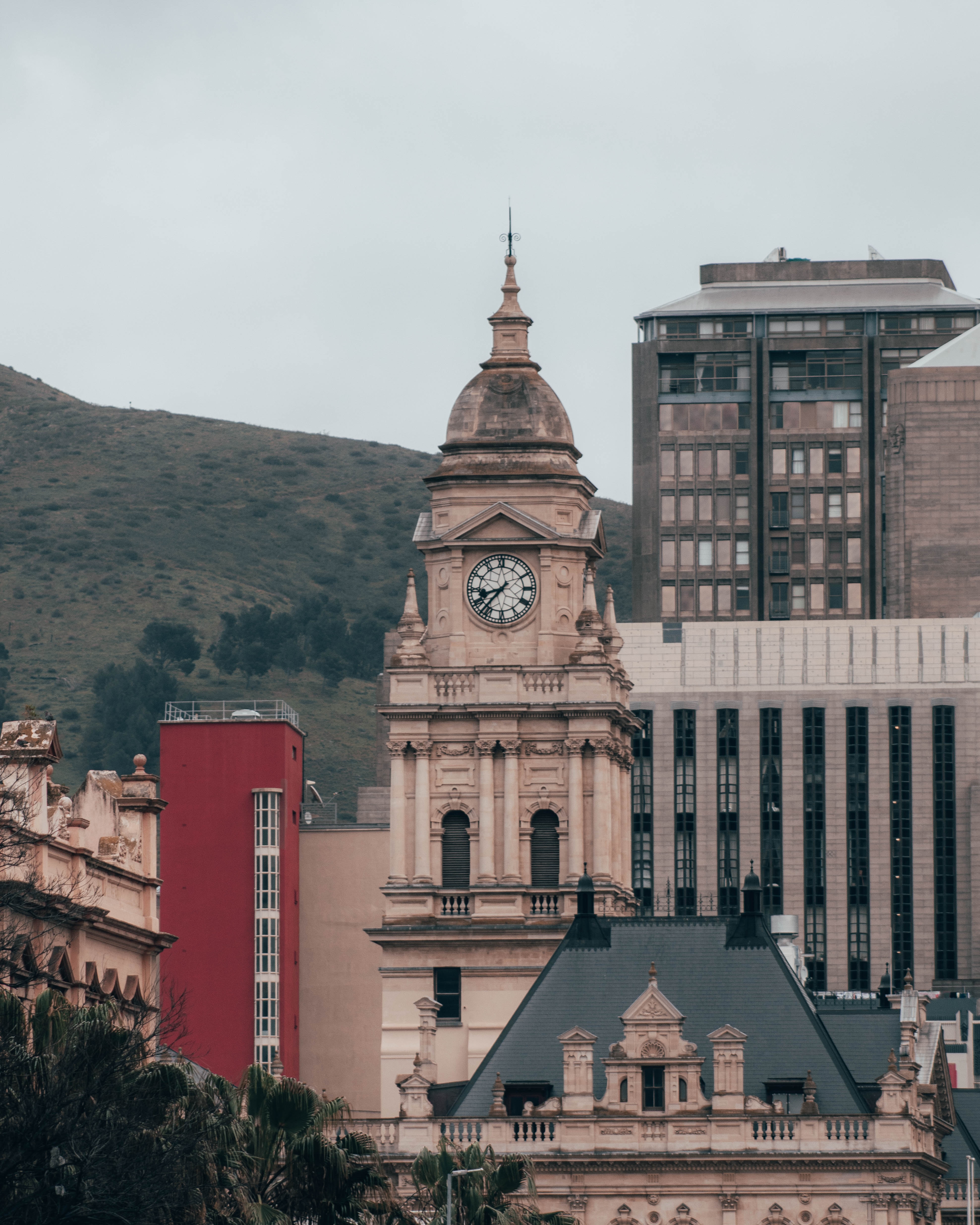
Travel Photography
Travel photography is a captivating pursuit that enables photographers to immortalise architectural marvels, historical treasures, and breathtaking landscapes encountered during our journeys. Within this visually immersive genre, rectilinear lenses are essential tools. These lenses are great at preserving the authenticity and precision of subjects, ensuring that architectural wonders maintain their structural integrity without distortion and that historical sites are depicted with the reverence they deserve.
In general, rectilinear lenses are employed in situations where you want to avoid the characteristic distortion seen with fisheye or non-rectilinear lenses, which can bend straight lines and create a more artistic or exaggerated effect. However, it’s essential to choose the appropriate focal length and lens for the specific scenario, as not all of these lenses are the same. Different focal lengths and lenses offer varying perspectives and levels of distortion correction.

